THE KEY CONCEPT : Today's most expressive robot faces are fully digital and animated, like video games or CG movie characters. |
Today, that is changing, and rapidly. Many robots, at the high and low ends of the market, now come equipped with some sort of expressive face, although most of the products leave something to be desired.
In this and upcoming blogs, I look at examples of robotic faces based on the concept that we all respond to them just as we do any other humanoid facial configuration: looking for cues as to the creature’s emotional state. Regardless of brand or design/production strategy, I look at the principles that we can apply to judging the emotive qualities expressed in different robot faces, which won't change even as the specific products do.
| Robot designers pursue a variety of strategies when it comes to the robotic face. At the very high end developers have created a variety of life-sized, humanoid robots whose faces attempt to precisely mimic that of a real person, complete with blinking eyelids, eye crinkles, brow raising, and smiling mouths. These designers are betting that the creepiness factor of their creations' slightly “off” facial dynamics will be compensated by the novelty of relating to a machine that moves, gestures, and talks with all the personality and sophisticated language that modern algorithms can muster. At the other end of the market, manufacturers are rushing to produce lower-priced, extremely stylized robots with a limited expressive range. These robots interact with useful actions, vocalizations, and increasingly sophisticated artificial intelligence. The field is so new that no one is quite sure which designs will prove the most salable, or what market these robots are most likely to serve - Senior companion? Security guard? Child playmate? Home automaton? | Figure 4. "Sophia" developed by David Hanson of Hanson Robotics Ltd., a Hong Kong-based engineering & robotics company. See "Sophia" in action here. Figure 5. "Otto" Personal Assistant by Samsung. See the prototype of "Otto" in action here. |
| HYPER-REALISTIC It’s tempting to dismiss life-sized, hyper-realistic robots as up against the insuperable barrier of the Uncanny Valley. (See Figs. 4 & 6) Similar creepiness has clung to animatronic characters (i.e. Abraham Lincoln at Disneyland) for decades. But the progress that robotics developers have made in marrying their human-like faces with soft plastic skin, sophisticated body language and AI-driven speech can’t be underestimated; the robot in Figure 6 reads the news on Japanese TV! PRO: The idea of a mechanical man has fascinated humanity for centuries, and an uber-successful version would be an enormous conceptual breakthrough. The whole world would be watching. CON: Scary, creepy, and unnecessary, besides being light years from successful realization. And, did I mention the $$$$$$$? | Figure 6. "Kodomoroid" developed by Hiroshi Ishiguro, Director of the Intelligent Robotics Laboratory at Osaka University, Japan. See "Kodomoroid" in action here. |
| ABSTRACT These robots come with heads where there are no recognizable features at all, but simply an abstract element which focuses our attention on the robots' interactive center, and is suggestive (of an eye, for example) without being descriptive. PRO: Who says an interactive device has to have a face? Smartphones don’t; PCs and radios don’t. Making the interface abstract allows the user to project a personality of their creating onto the device, without having to respond to a halfway version of a face. CON: Boring, predictable, and has a very stilted response to situations/people. Can’t empathize with the user. | Figure 7. "Jibo" Social Robot developed by MIT professor, Cynthia Breazeal. See "Jibo" Social Robot in action here. |
| ELECTRO-MECHANICAL A modern-day Tin Man from the Wizard of Oz, these heads attempt to use motorized, dimensional elements to stand in for eyes, brows, and mouth. The purely mechanical face seems like a real long shot to catch on, with motorized, rotating eyes and rigid mouths. PRO: There’s a reason so many sci-fi robots were mechanical men – we love the idea of an inanimate object being invested with life. Moving faces that flap and whir are simply cool. CON: The facial poses are limited, and will repeat themselves endlessly. You can’t upgrade a mechanical face; it has to be entirely replaced. |
| ANIMATED SCREEN These robots have a tablet-like screen where a digital, stylized face is displayed for interactive purposes. The graphical face can disappear and be replaced by video images, photographs, or text-and-image digital content. PRO: We already know how to do this. CG animators and game designers will create better and better facial expressions and upgrades will be seamless. There are no limits to variety, speed of response, or sophistication. CON: The rest of the robot exists as a dimensional, mechanical object; the screen-based face reminds us that we're interacting with what is essentially a tablet on wheels. | Figure 9. "Cutan" 3D robot, designed by Vladyslav Ociacia, founder of Buyourobot in Ukraine. |
| HYBRID These are heads which combine “soft” digital features (brows and mouth) with hard plastic mechanical eyes and lids for a strange combination of the attributes of a doll and a digital device. PRO: A mechanical man humanized by more malleable light-based features. 3-dimensional and 2-dimensional actions combined, getting the benefits of each. CON: Hybrid faces don't integrate in a convincing way – the fact that there are two entirely different systems at work limits the effectiveness of the face as a whole. The digital elements will never modify the limited physical elements, and vice versa. We don’t quite buy into the full sentience of the resulting face. | Figure 10. "iCub" designed by a consortium of 11 partners guided by the Italian Institute of Technology. See "iCub" in action here. |
"Buddy" (Figs. 3 and 12) is, by far, the best current product in terms of its appeal. The French-based developers seem to be more aware of the importance of facial expressions than the other engineering teams. The hit "Buddy" made at the most recent CES event was surely related to its empathetic responsiveness.
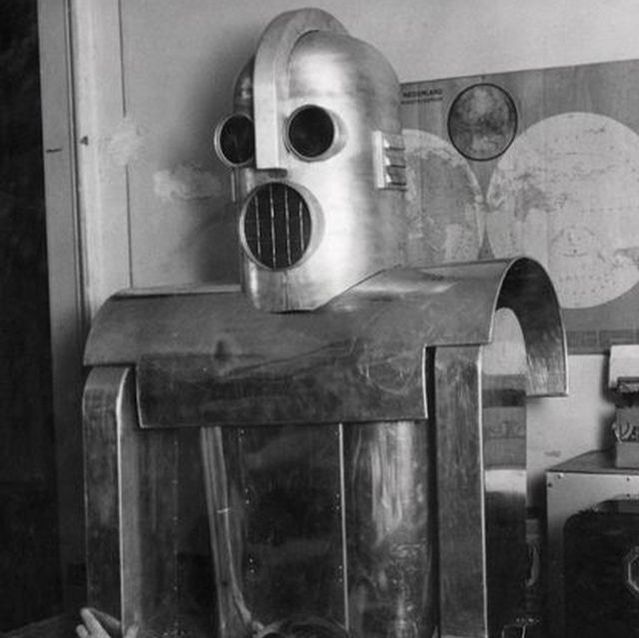
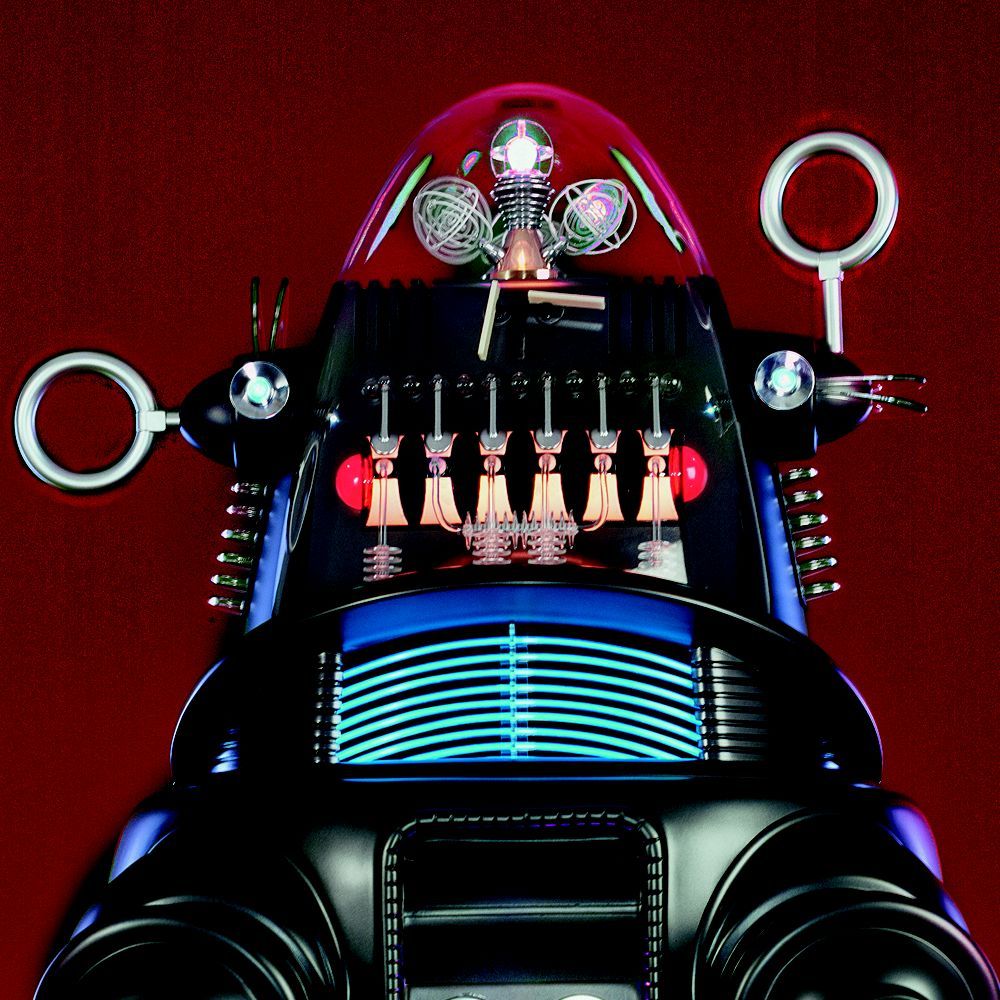
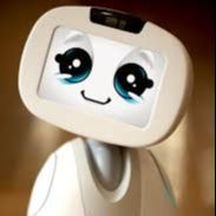
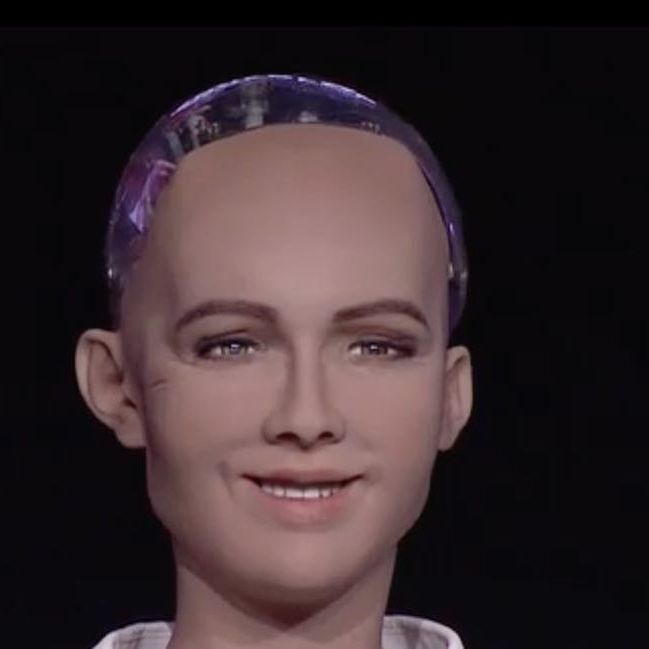
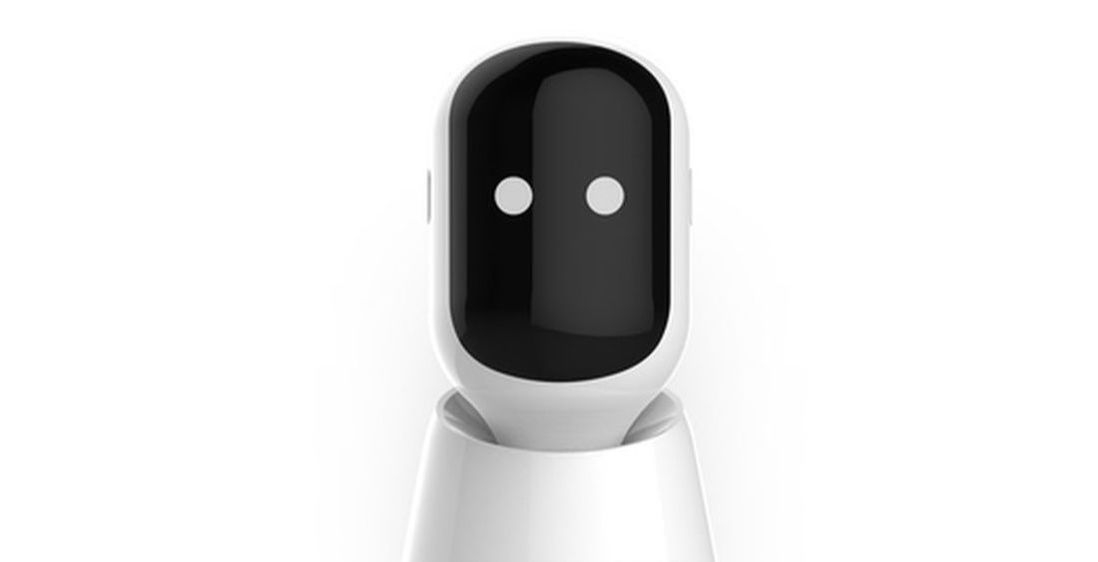
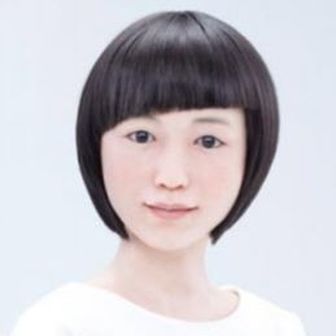
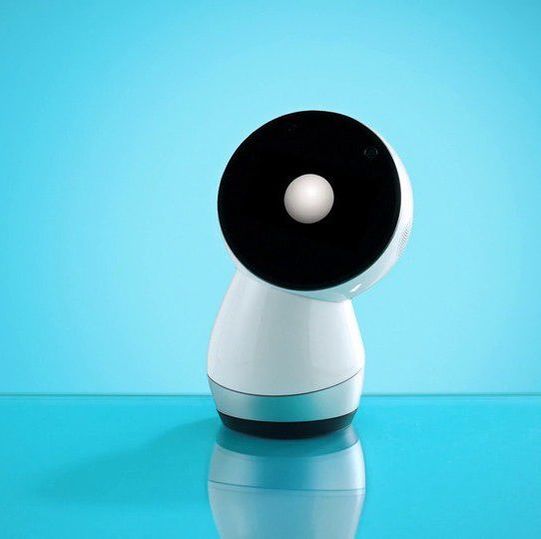
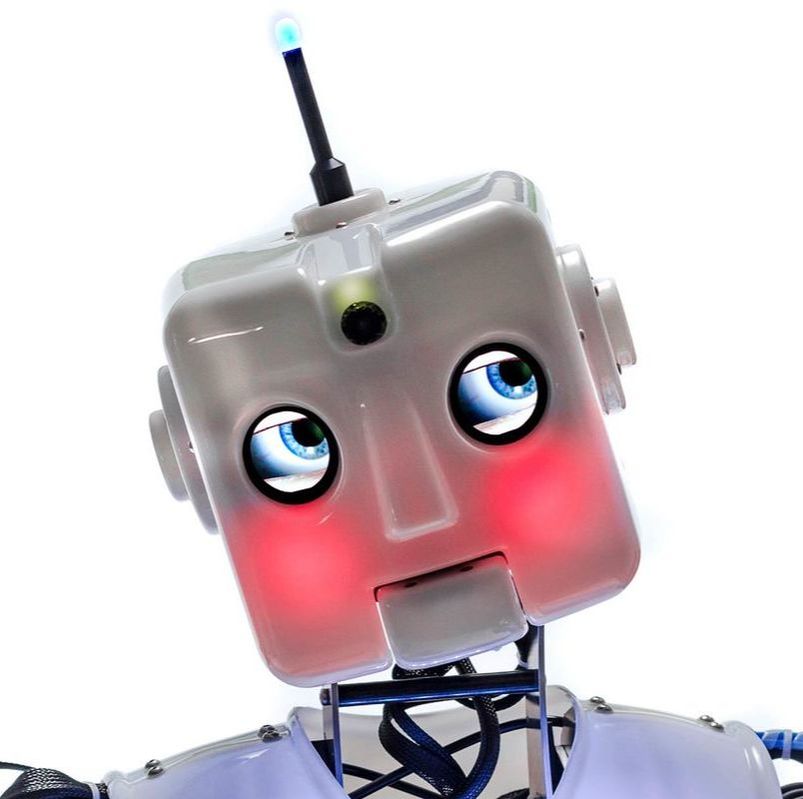
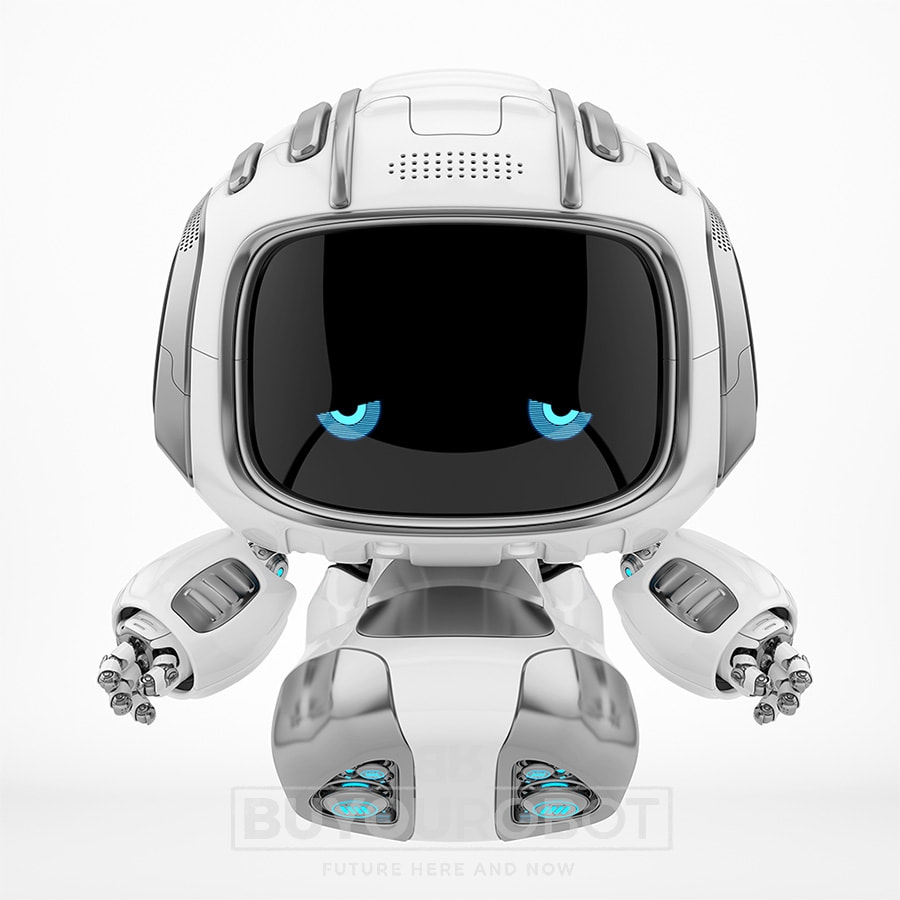
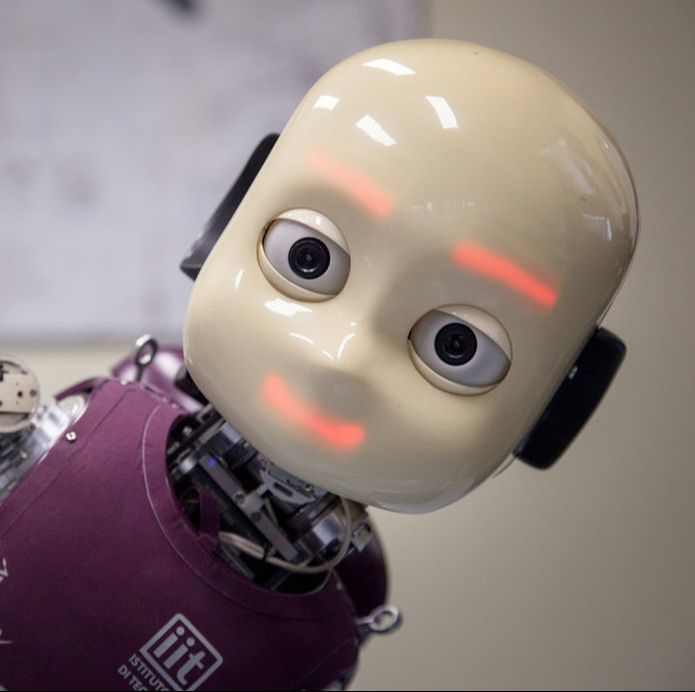
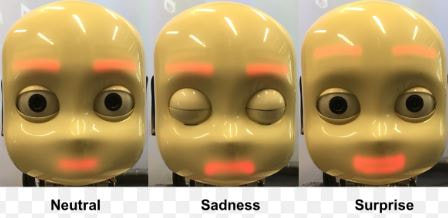
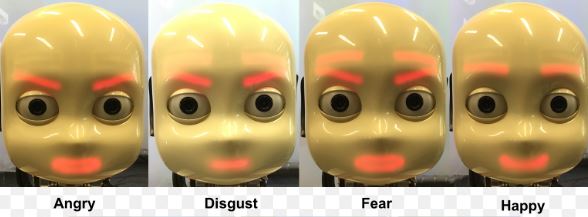
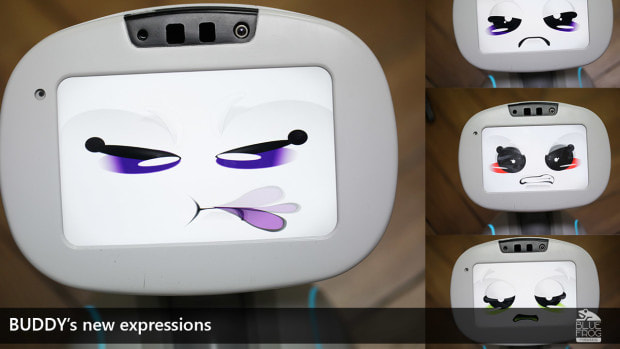

 RSS Feed
RSS Feed